8 People Who are Inspiring What’s Possible in PBL
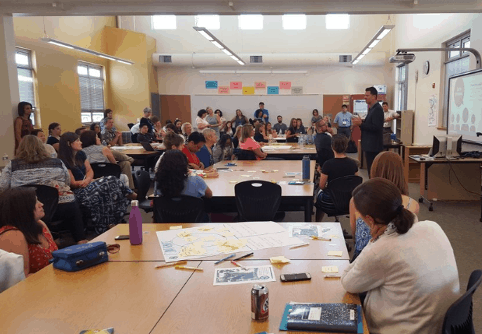
“Project based learning’s time has come.”
Educators across the nation have been realizing the potential for powerful deeper learning when project-based learning (PBL) is employed. We have witnessed schools that are wall-to-wall with projects, blended classrooms engaging in PBL and organizations that are helping to create high leverage engagement opportunities for all students.
Leaders at schools and organizations across the United States and around the world are helping to continue to build and sustain the PBL momentum. Their vision for what PBL can be in, and can bring to, their communities is astounding. At PBL World, a conference focused on innovations in project-based learning, we heard inspiring messages about what’s possible in PBL.
Empower Students to Create Change
Gia Truong, CEO of Envision Education (@EnvisionSchools) spoke about how she wants to create more equitable learning experiences for students. She shared what equity means to her: “Equity is when young people who have been underserved feel empowered to make change.” Through PBL, Truong has seen students feel this empowerment to make and be a part of positive change, as well as the following:
- Develop agency
- Acquire the skills and tools they need to succeed
- Engage in relevant work
- Develop a strong sense of self and connection to the world
Fight the Snap Back
Aaron Brengard (@brengard), principal of Katherine Smith Elementary School, spoke about the first couple of years as a PBL school. Brengard says it takes time to become a cohesive team working towards supporting engagement and accountability for all students. There were times where staff wanted to revert back, but that they had to fight the “snap back” and hold tight to the PBL vision. He said during times of wanting to go back to other ways of teaching, they had to revisit their vision and remind themselves that they wanted push forward with PBL. He said that trust was a key element in being able to fight the snap back:
- Trust in one another
- Trust in ourselves
- Trust in the process
Fight the snap back! @VIDASHARKS @BIEpbl #pblworld pic.twitter.com/95anevWbjr
— angela townsend (@angelatownsen11) June 13, 2016
Megan Pacheco (@mpacheco11), Chief Learning Officer of the New Tech Network, shared her thoughts on how to make PBL stick and not snap back. She said that there need to be systems in place to support staff, systems that include the following:
- Clear and Shared Purpose
- Culture of Collaboration
- Structures that Enable
Model and Share
Jessica Wood, Project Manager at Expeditionary Learning (@ELeducation), spoke about how teachers and students can be inspired to do more than they thought was possible in PBL by looking to other examples. She shared several examples from the Models of Excellence collection and how kids always want to rise to the expectation when they see an example of a great project, they don’t shy away and say that they can’t do it.
Andrea Aust, KQED Senior Manager for Science Education (@KQEDAust), seconded this idea and emphasized the need to share great PBL examples. She said that sharing the work helps to amplify voices and to bring ideas to light that are happening in classrooms across the nation. She highlighted work from students on the #EngineerThat project, where students share ideas for problem-solving in the school, home, or community.
Tell Your Story
- Ken Kay (@kenkay21), CEO of EdLeader21, emphasized the importance of telling your PBL story. He said that this will help create a vision that propels and fuels PBL in any organization.
- Miki Tomita, Director of the Polynesian Voyaging Society, also believes in the power of story. She shared the story of how her team has worked to tell the story of Hōkūleʻa, a canoe that brought the first Polynesians to the archipelago of Hawaiʻi. The Hōkūleʻa and crew travel around the world, sharing the story of their voyage, their ancestors and the planet.
Miki said: “The voyage and the story is a catalyst to get people to feel like they are a part of the movement.” She has experienced how the story has brought together people from across the world and from all walks of life.
She also provided insight from the President of the PVS, Nainoa Thompson, who believes through the story and voyage: “We are not going to change the world, but we are going to go and build a network of people around the world who are.”
#BIE #PBLworld Miki Tomita #voyagingsociety “you do not know what you need to learn until you find your teachers”
— Janet Hale (@Janet_Hale) June 13, 2016
PBL for All
An overarching theme that permeated all of the messages conveyed by these PBL leaders was the idea of PBL for all. Bob Lenz (@pblbob), Executive Director of BIE, said that, “PBL should be for all students – regardless of background. He added that not only should it be available, but that the opportunities be equitable, accessible, and that the expectations of each student should be high. To hear more about his talk, titled It’s a Project-Based World, see the archived keynotes from today here.
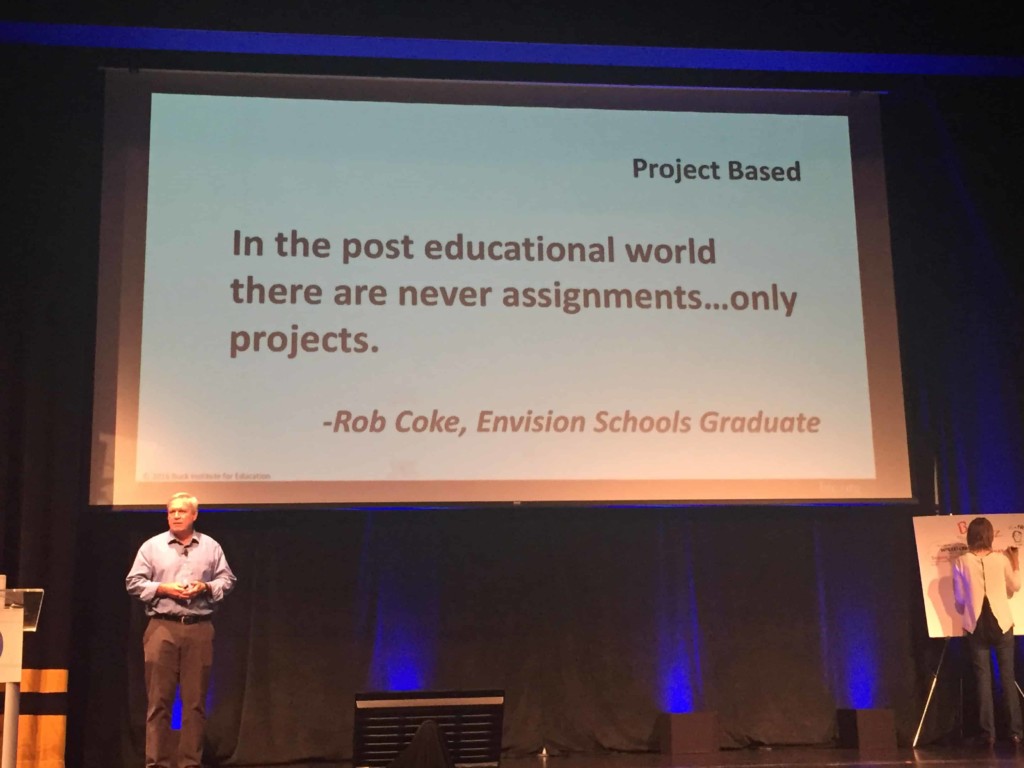
This blog was created at this year’s PBL World conference. Follow along at #PBLWorld and contribute your ideas by submitting short answers to our PBL World form. You can join us by watching keynotes live–and later archived–here.
For more on project-based learning, see:
- Project-Based Learning Connects Real World with Deep Impact
- Must-know Buck Institute Project-Based Learning Resources
- What’s Next? Personalized, Project-Based Learning
Stay in-the-know with all things EdTech and innovations in learning by signing up to receive the weekly Smart Update. This post includes mentions of a Getting Smart partner. For a full list of partners, affiliate organizations and all other disclosures please see our Partner page.
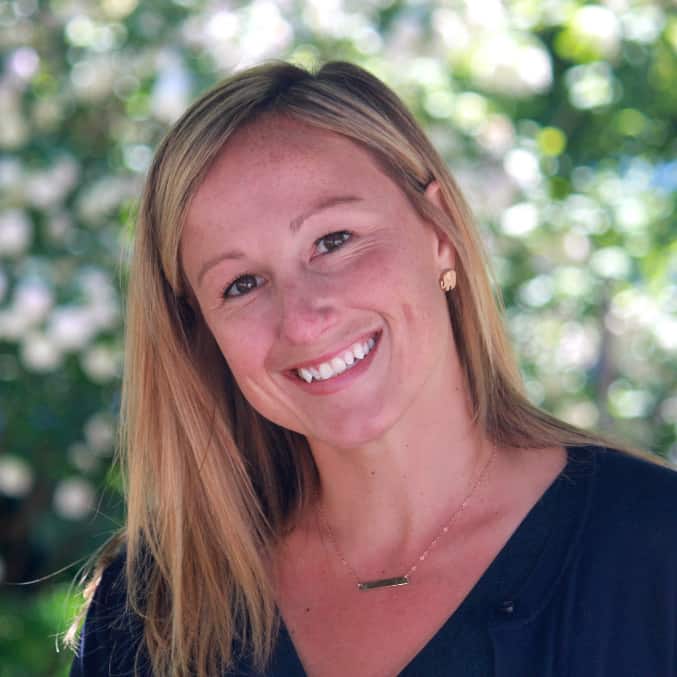

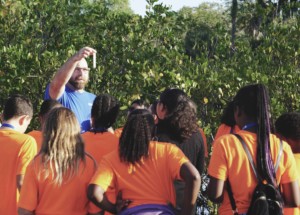
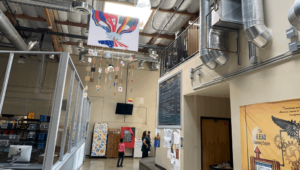
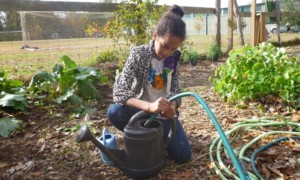

0 Comments
Leave a Comment
Your email address will not be published. All fields are required.